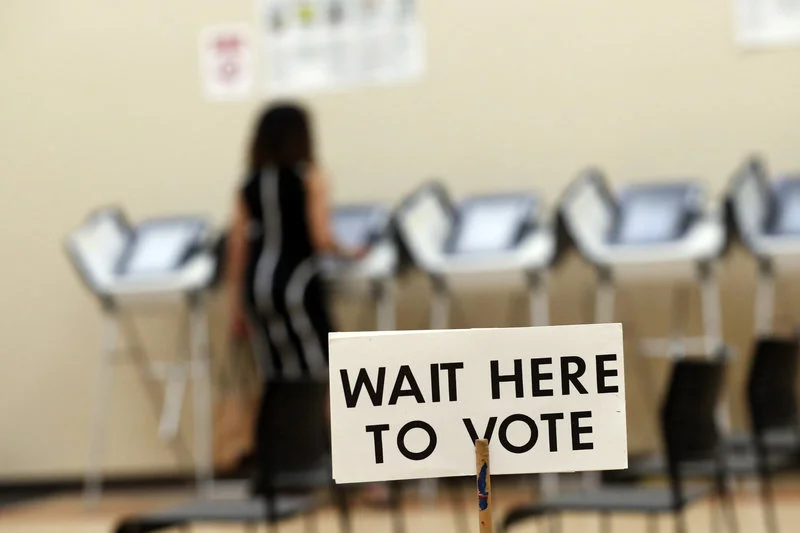Most American political ads are terrible. Regardless of whether or not the information in the ad is even true or has context, most campaign materials are incredibly lacking in any cinematic imagination or technique. It’s all too easy to visualize the black-and-white footage of a candidate that a SuperPAC opposes, storm clouds over a government building, and shots of “sketchy,” non-white individuals stalking the night. Even gentler campaign ads can be just as eye-rollingly predictable, as if stock footage of a diverse crowd of blue-collar workers in hard hats, soldiers saluting the flag, and children studying happily implies the candidate has plans to address racial injustice, military spending, labor unions, or education funding. Political advertisements rarely delve into visual styles that are more complicated than an Instagram filter. If campaign media receives widespread attention, it does so through production disasters, rather than through its effectiveness.

















